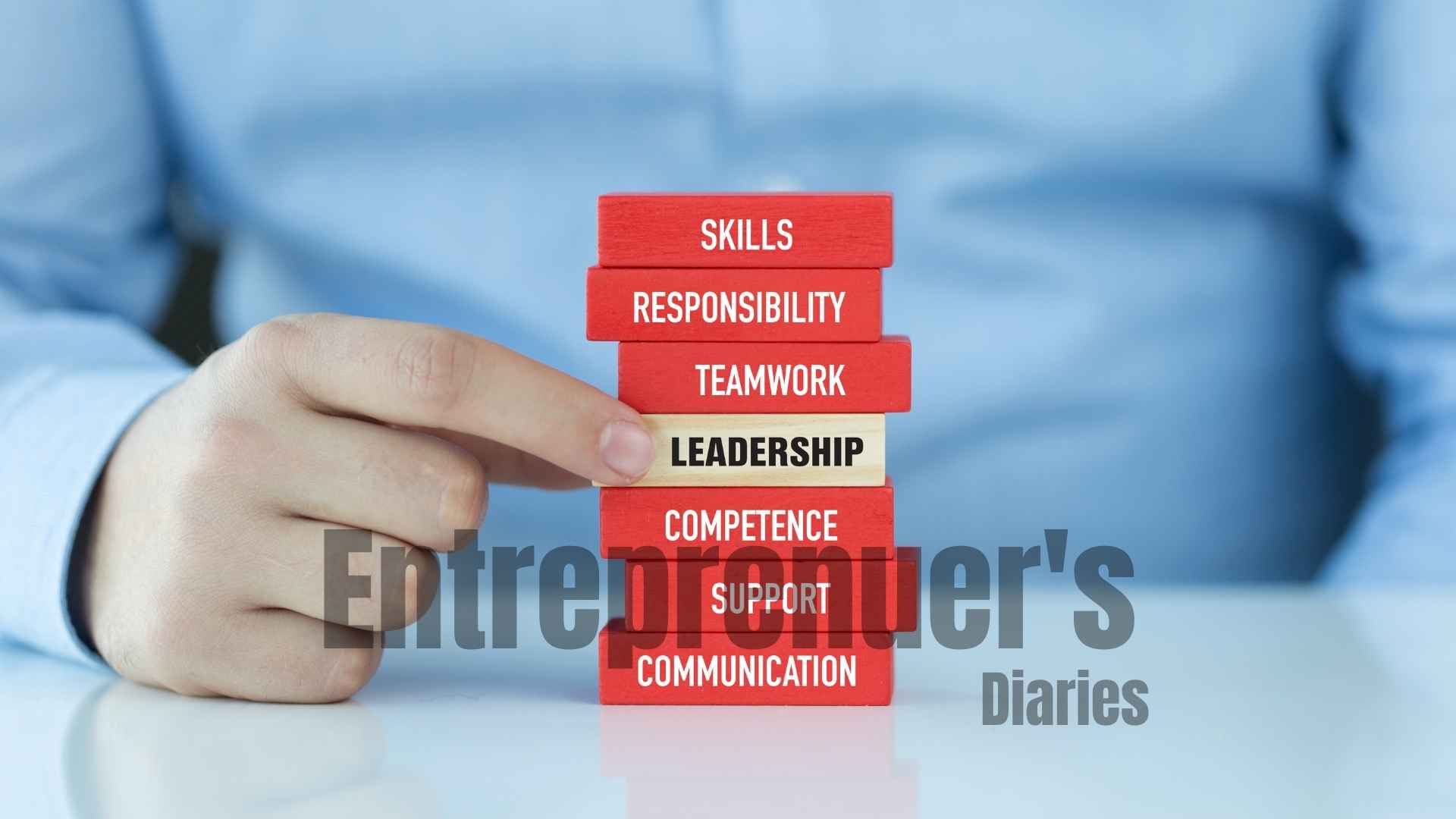Sometime around late April, a tech CEO in Berlin got a Slack message from an AI assistant he didn’t remember onboarding. It had rewritten his entire investor memo, scheduled follow-ups with VCs, and generated a competitor analysis all while he was asleep. He didn’t fire anyone. He promoted the bot.
That moment part surprising, part inevitable captures what leadership looks like in 2025. Forget charisma and coffee mugs with “World’s Best Boss” printed on them. Today’s leaders are measured not by control, but by their ability to adapt, empower, and make peace with a future that is already five steps ahead.
Leadership Has Left the Corner Office
Korn Ferry’s latest global report on leadership trends doesn’t mince words: adaptability, empathy, and tech fluency are non-negotiable. CEOs with strong people-first strategies are outpacing others in revenue growth by more than double. And leaders fluent in AI aren’t just surviving they’re redefining the rules of business.
Take agentic leadership, for example. It’s not some consulting buzzword. It’s a full-blown philosophy that positions AI as a partner in decision-making. Not a helper. Not a glorified intern. A partner. Agentic leaders use AI to enhance transparency, predict outcomes, and reduce bias but they also have to lead these systems like any team member. That means giving feedback, setting parameters, and sometimes, saying no.
There’s a learning curve. Companies are hiring AI ethicists, establishing digital governance frameworks, and training mid-level managers on how to “collaborate” with autonomous agents. As absurd as that may have sounded two years ago, it’s the new normal.
Empathy Isn’t Soft It’s Strategic
The best leaders right now? They listen. That’s not a platitude. It’s a survival skill. Emotional intelligence has always been useful, but in hybrid work environments fractured across time zones, it’s foundational.
Sundar Pichai, CEO of Google, has leaned heavily into this. His approach isn’t about command-and-control; it’s about coaching, tone-setting, and giving people room to breathe. That doesn’t mean he’s soft. It means he knows how to stabilize a ship in a storm without shouting from the deck.
Then there’s Anish Shah, the CEO of Mahindra, who’s been vocal about the power of “constructive dissent.” His message to leaders: stop chasing yes-men. Real progress starts with disagreement and with the kind of culture that doesn’t punish it.
The Leadership Split: Coach or Commander?
But not everyone is leaning into empathy. There’s a growing counter-current. Axios dubbed it the “Big Boss Era” a return to more directive, top-down leadership. In the face of stalled productivity, shrinking margins, and post-pandemic exhaustion, some CEOs are doubling down on control: office mandates, tighter KPIs, and leaner diversity efforts.
The shift is real. Some leaders are choosing speed and clarity over consensus and culture. And in some sectors, it’s working. But it comes with trade-offs. High turnover. Quiet quitting. Cultural decay.
And there’s another twist: Gen Z doesn’t want your job.
They’re “consciously unbossing,” opting out of management tracks entirely. They’ll take the paychecks. But they don’t want to manage people, play politics, or burn out by 32. If your org chart still assumes everyone wants to climb, you’re already behind.
From Frameworks to Feelings
Leadership styles are everywhere now. Transformational, democratic, servant, collaborative you’ve heard them. They’re not wrong. They just don’t live in silos. In practice, good leaders mix them like paint: a little visionary, a bit of consensus-builder, occasionally directive, always human.
Agile leadership still holds weight, especially in industries where conditions change overnight. Ambidextrous leadership balancing risk-taking with operational discipline is also gaining ground. But more than any style, it’s the emotional posture that counts.
Do you lead with curiosity?
Can you say, “I don’t know,” without flinching?
Do your people feel safe enough to tell you the truth?
Because in a world where AI might outpace you, your humanity is your biggest edge.
Real Leadership Looks Like This
It’s a founder doing layoffs over video, holding tears back, refusing to spin.
It’s a COO staying late to solve a problem her team couldn’t crack.
It’s a CFO calling out burnout, not performance, as the root of missed numbers.
Leadership in 2025 doesn’t sit neatly in a LinkedIn post. It’s messy. It’s situational. It’s political, emotional, and often uncomfortable. The best leaders? They lean into that discomfort. They learn. They let go. And they never forget that even with AI by their side, they’re leading people not machines.
Connect With Us On Social Media [ Facebook | Instagram | Twitter | LinkedIn ] To Get Real-Time Updates On The Market. Entrepreneurs Diaries Is Now Available On Telegram. Join Our Telegram Channel To Get Instant Updates.
Ethan is a Lisbon-based leadership strategist who helps remote-first startups scale through systems, team clarity, and async culture.






